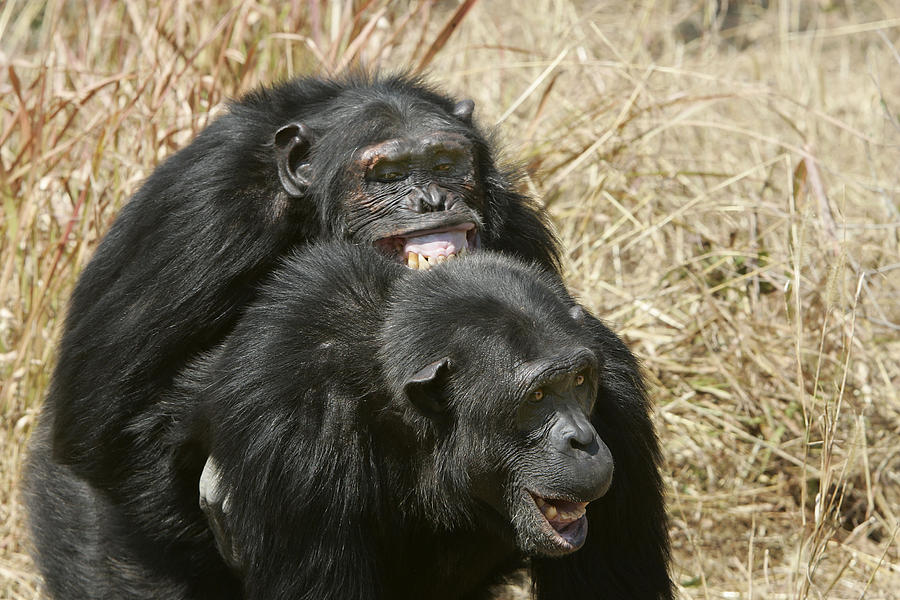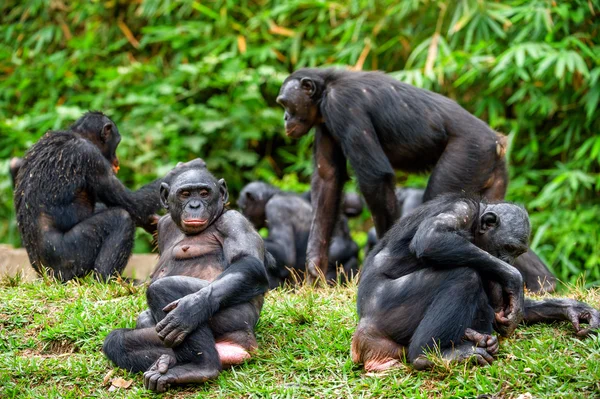

The study capitalizes on a characteristic of this species – that neighboring communities of bonobos are very tolerant of each other. Now, in eLife, Liran Samuni, Franziska Wegdell and Martin Surbeck report the results of a study that begins to fill this cultural lacuna for bonobos ( Samuni et al., 2020). This is for a number of reasons, the simplest of which is that bonobos live only in the inner Congo Basin of the often war-torn Democratic Republic of the Congo and few bonobo communities have been habituated and studied. There is, however, a ‘poor relation’ in all this scientific endeavor: culture has been only tentatively explored in the wild in the sister species of the chimpanzee, the bonobo Pan paniscus, ( Hohmann and Fruth, 2003). Cultures encompassing multiple different traditions have also been identified in the other genera of great apes, gorillas and orangutans.

In this species culture has been investigated through a combination of observational, statistical and experimental methodologies, and it is now clear that chimpanzees have the capacity to transmit multiple traditions through social learning ( Whiten, 2017). Research on our closest animal relative, the chimpanzee Pan troglodytes, has long been at the forefront of this work, since decades of fieldwork began to reveal multiple behavioral variations between communities studied across Africa, including forms of tool use, grooming patterns and social behaviors ( McGrew, 1992).
#Bonobo vs chimpanzee mate google scholar full#
If confirmed, this could be important for a full understanding of behavioral evolution. The transmission of behavior via such social learning may also extend across generations to provide a secondary form of behavioral inheritance, in addition to whatever genetic inheritance achieves ( Whiten, 2017).

Culture, defined as any group-specific behavioral patterns that are acquired by learning from others ( Laland and Janik, 2006), has been identified in a wide range of animal species, spanning all vertebrate groups and likely including invertebrates such as insects ( Whiten, 2017).


 0 kommentar(er)
0 kommentar(er)
